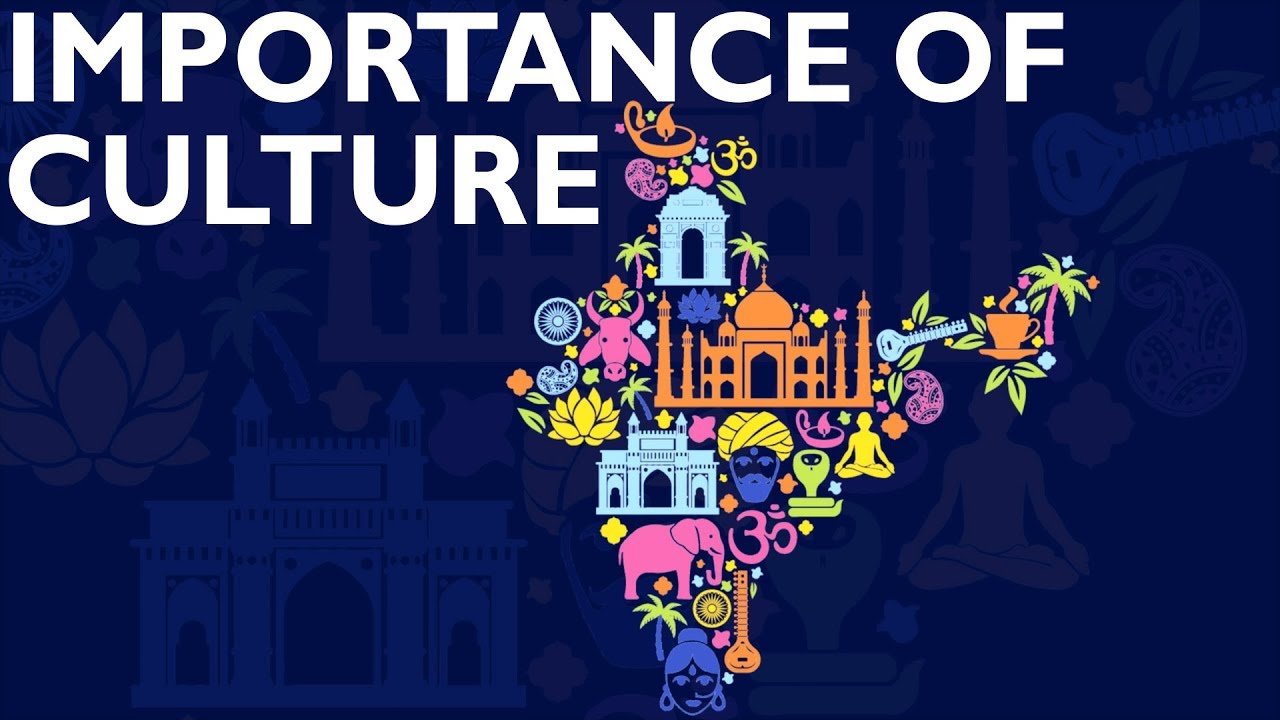UCSP-Chapter 2.3
Summary
TLDRCulture is a fundamental aspect that shapes society, providing identity and a shared history. It encompasses both material and non-material dimensions, including tangible objects and intangible beliefs, values, and practices. Key elements of culture are symbols, language, values, and norms, which facilitate communication and define societal structures. Filipino folklore, such as Biag ni Lam-ang and the story of Malakas, exemplifies the non-material dimension, passing down community beliefs and customs through generations.
Takeaways
- 🌐 Culture is a fundamental basis that shapes and influences society, providing a sense of identity for its members.
- 🏺 Culture encompasses a society's beliefs, ideas, values, practices, knowledge, history, and shared experiences, including both material and non-material aspects.
- 🏠 The material dimension of culture includes physical, tangible objects that are produced, shared, and utilized within a society.
- 💭 The non-material dimension of culture consists of intangible properties and elements like beliefs and religions that influence societal behavior.
- 📚 Folklore, including myths, legends, folktales, proverbs, and riddles, represents the non-material dimension of culture and reflects a society's history and values.
- 👵 Stories shared by elders, such as Filipino folklore, are examples of how non-material culture is passed down through generations.
- 🔣 Symbols, as a cultural component, are things that convey meaning or represent ideas and are essential in communication and defining a society's culture.
- 🗣️ Language is a vital cultural component that allows for verbal and non-verbal communication, including full languages and unique group-specific slangs and phrases.
- 🌐 To understand culture, it's important to identify four elements present in every culture: symbols, language, values, and norms.
- 👥 Shared culture often leads to the attachment of specific meanings to objects, gestures, sounds, or images among people within that culture.
Q & A
What is the significance of culture in defining a society?
-Culture is significant as it provides a society with an identity and is composed of beliefs, ideas, values, practices, knowledge, history, and shared experiences. It helps people understand their place within the society and influences their actions and behaviors.
What are the two types of culture mentioned in the script?
-The two types of culture mentioned are the material dimension of culture and the non-material dimension of culture.
What does the material dimension of culture include?
-The material dimension of culture includes physical or tangible objects that are produced, shared, and utilized within the society, which are perceptible by touch.
How is the non-material dimension of culture different from the material dimension?
-The non-material dimension of culture consists of intangible properties and elements such as beliefs, religions, and attitudes that influence the patterns of action and behavior of society members.
Can you provide an example of non-material culture from the script?
-An example of non-material culture from the script is folklore, which includes myths, legends, folktales, proverbs, and riddles that embody a society's history, beliefs, ideas, values, and practices.
What are some Filipino folklore examples mentioned in the script?
-The script mentions 'Biang Ni Lam-ang' and the story of 'Malakas' as examples of Filipino folklore.
What are the four elements that exist in every culture according to the script?
-The four elements that exist in every culture are symbols, language, values, and norms.
How are symbols important in a culture?
-Symbols are important in a culture as they convey meaning, represent ideas, and are essential in communication, shaping thoughts and ideas, and defining a society's culture.
What is the role of language in culture as described in the script?
-Language in culture is a set of symbols that enables members of society to communicate verbally and non-verbally, including full languages, body languages, gestures, slangs, and common phrases unique to certain groups.
Why are local slangs and phrases important within a culture?
-Local slangs and phrases are important within a culture as they represent unique ways of communication and understanding among members of a specific group, contributing to the diversity and richness of the culture.
How does the script illustrate the difference in language use between America and Britain despite both speaking English?
-The script illustrates the difference by mentioning that while English is spoken fluently in both America and Britain, there are unique Filipino slangs and phrases that give a distinct flavor to the language used in each place.
Outlines

This section is available to paid users only. Please upgrade to access this part.
Upgrade NowMindmap

This section is available to paid users only. Please upgrade to access this part.
Upgrade NowKeywords

This section is available to paid users only. Please upgrade to access this part.
Upgrade NowHighlights

This section is available to paid users only. Please upgrade to access this part.
Upgrade NowTranscripts

This section is available to paid users only. Please upgrade to access this part.
Upgrade Now5.0 / 5 (0 votes)





